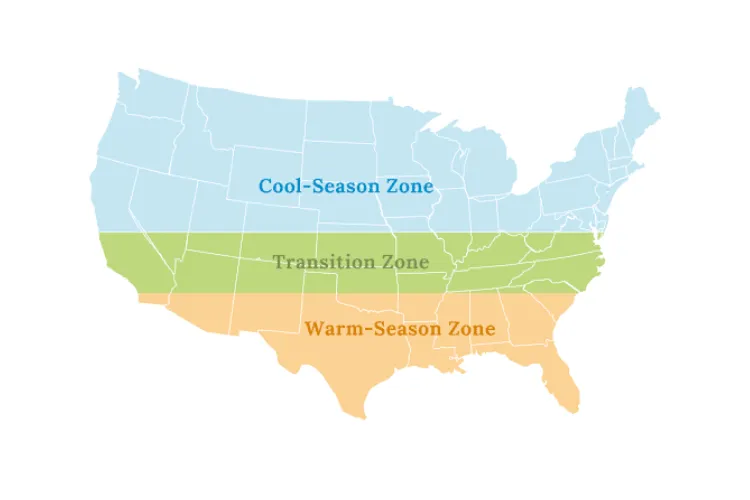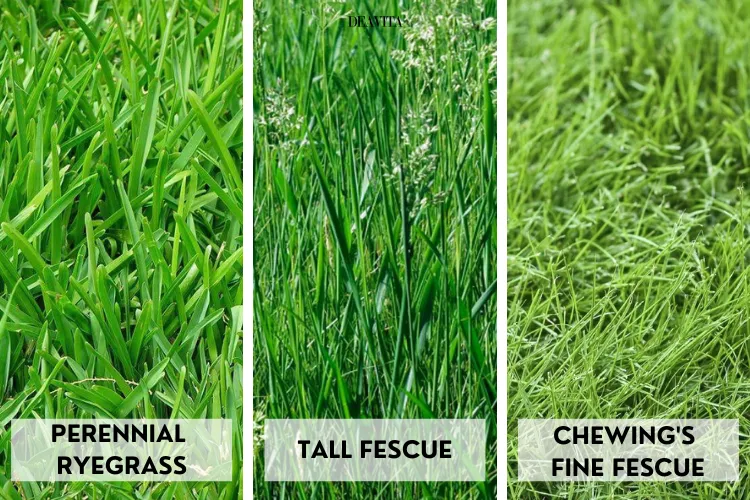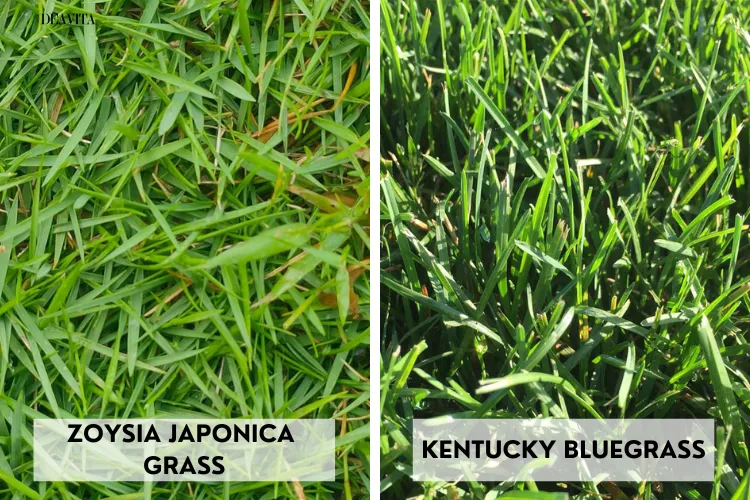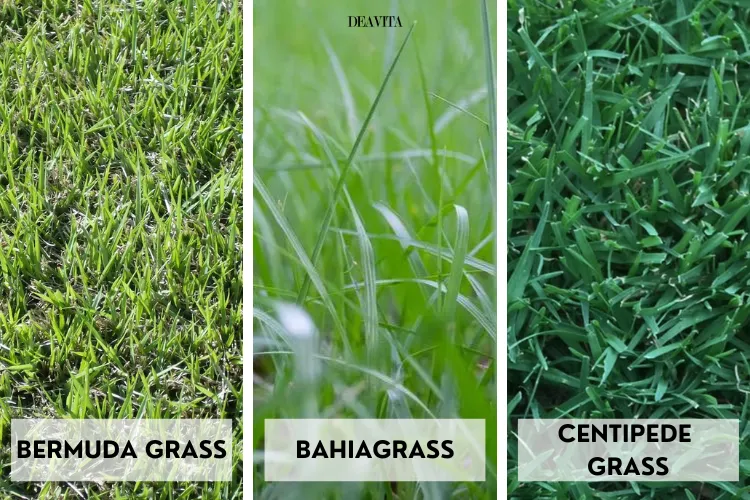In order to keep your lawn fresh and flourishing all year round, it is imperative that you start by choosing the right grass seed. How do you do that? There are two things you need to consider – your region and climate. Let’s take a look at the soil characteristics of the main climate zones in the States and learn what’s the best grass seed for your lawn!
The Best Grass Seed for Your Lawn Based on Region
All grass looks pretty much the same at first glance. However, if you take a closer look you will notice that depending on your location it may differ in color, thickness, and even texture. The USA has three main climate zones – cool season, transition, and warm season. By determining in which climate zone you’re located, you will find it much easier to choose the correct grass seed for your region.
- In the Northern states, the types of grass that thrive best are the cool-season grasses. They are more accustomed to cold weather, which boosts their growth in the spring and autumn. Inversely, in the summer this type of grass will grow significantly slower.
- The states located across the middle, or the Transition zone, have a similar climate to those in the Northern part. However, because the difference between the highest and the lowest temperature isn’t large, you can use a mixed blend of cool and warm-season grass seeds.
- Warm-season grass thrives in the South region of the States. The predominant hot weather creates a perfect condition for heat-loving grass seeds.
Read also: Improve Garden Soil with Green Manure? Embrace This Eco-Friendly Way to Enhance Your Plants!
Cool-Season Grass Seeds
Just like with flowers and vegetables, every grass seed has its soil and weather preference. The cool-season seeds thrive in cold conditions. The two most commonly used types of grass in these regions are the perennial ryegrass and seeds from the fescue family.
- Perennial Ryegrass – This is probably the most preferred type of grass seed for cold climates. However, you need to make sure that you’re buying the seeds that are specifically bred for lawns, and not the agricultural type. The ryegrass seeds grow incredibly quickly, which makes them perfect for filling bare spots. It also has a vibrant color that will make your lawn look picture-perfect all year round! It likes almost all types of soil and requires only 4 hours of sun per day. You must keep in mind that perennial grass has a mowing height of 2–3 inches, so it’s not a good choice if you want really short grass.
- Tall Fescue – If you want to fill a shady lawn area with grass quickly, the tall fescue seeds are perfect for this task. They are shade-loving, drought-resistant, and can spread incredibly quickly. Keep in mind that their leaves are quite rough, so the mowing height shouldn’t go below 2–3 inches. Same as the perennial ryegrass, this type of fescue thrives in almost any soil and requires no more than 4 hours of sun per day.
- Chewing’s Fine Fescue – This type of grass seed has really fine leaves and is incredibly tolerant to drought. However, it grows relatively slowly, so it’s best to plant it in the spring. It has a vibrant color and is usually used in a mixture with other fescue family grasses. It’s a high-quality seed that will definitely elevate the appearance of your lawn. Not only that but it can also be cut as short as 0.1 inches.
Transition Zone Grass Seeds
If you’ve been looking for a grass seed specifically bred for a transitional zone, you can end the search now. They don’t exist. The grass seeds for this area are a mixed breed of cool and warm-season grass seeds. Depending on whether you fall in an area that has a predominantly cold or warm climate, you should choose a seed that’s more tolerant to these conditions. Some good species for this zone are:
- Zoysia Japonica Grass – This type of grass is native to Asia and is the only commercially available seed from the Zoysia family. Even though this grass prefers the sun, it has really high heat and cold tolerance. This makes it the perfect breed for the transitional zones where the two climates blend. It grows rather slowly, however, it creates a really thick carpet that gives your lawn a truly aesthetic appearance. Zoysia Japonica starts to grow when the soil warms up to 65 °F and the leaves can be cut as short as 1 inch.
- Kentucky Bluegrass – This type of grass is perfectly adapted to any climate. It thrives just as well in the warm summer, as it does in the cold winter. It can grow as tall as 2 feet, however, the leaves grow close to the soil, which makes it ideal for close defoliation. It grows the quickest during the spring and autumn and is perfect for horse pastures.
Read also: Gypsum for Soil: Add it to Enhance Your Garden’s Beauty and Fertility!
Warm-Season Grass Seeds
For the deep South/Gulf region you need to choose grass seeds that are both heat and drought-tolerant. Here are the best types of grass for this climate zone:
- Bermuda Grass – This is one of the most resilient to heat and drought types of grass which makes it really popular for the warm-season zone. It recovers extremely quickly from damage, which makes it highly tolerant to foot traffic. It grows and spreads quickly and has wide tips, which helps create a dense grass carpet. Its peak growth seasons are spring and summer and progressively goes from deep, vibrant green to light brown as the weather gets colder. The recommended mowing height is 1–2 inches.
- Centipede Grass – This type of grass is also known as “the lazy man’s grass”. That’s because it’s extremely easy to maintain. However, it can take up to 2 years to reach a height that will form a solid turf. If there is high foot traffic on your lawn, this may not be the perfect choice of grass seed for your lawn. One of the biggest pros of the Centipede grass is that it’s excellent in the fight against stubborn, invasive weeds. Due to its resistance, you will save a lot of time and resources on weed killers. It’s most suitable for acidic soil at pH 4.5-6.
- Bahiagrass – This low-maintenance grass is perfect for dry and sandy terrains. It grows quickly and creates a thick, tall grass carpet. It thrives in acidic, harsh soil conditions and high temperatures with lots of sun. It doesn’t like to be mowed too low, so keep it at a height between 2 and 3 inches.
Also read: Can You Plant Grass Seeds in October? Our Guide + Gardener Tips on How to Do That




